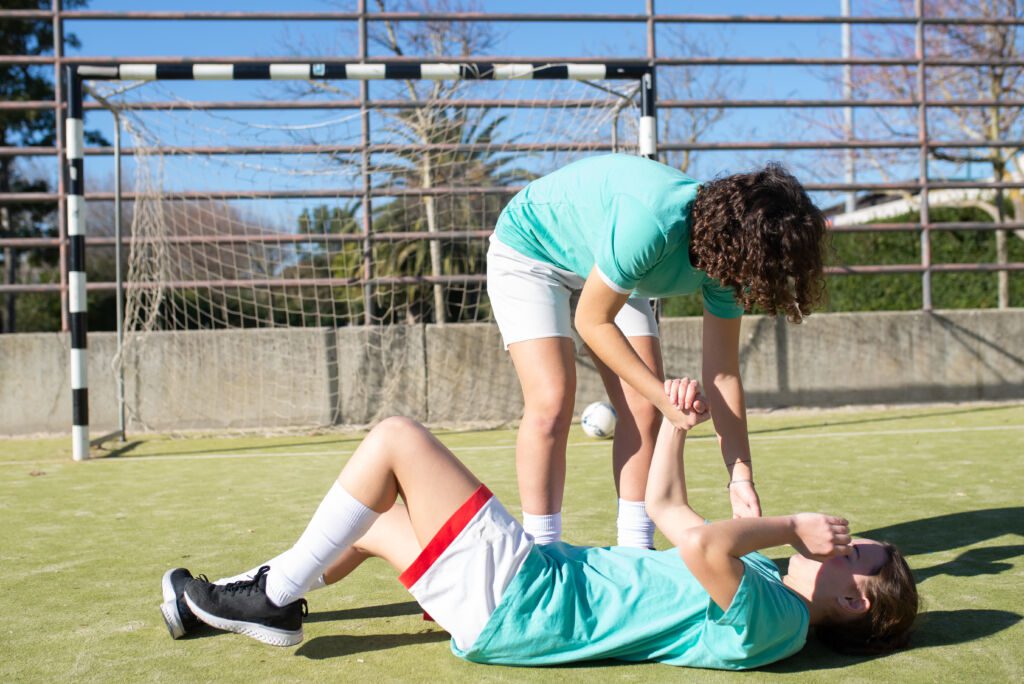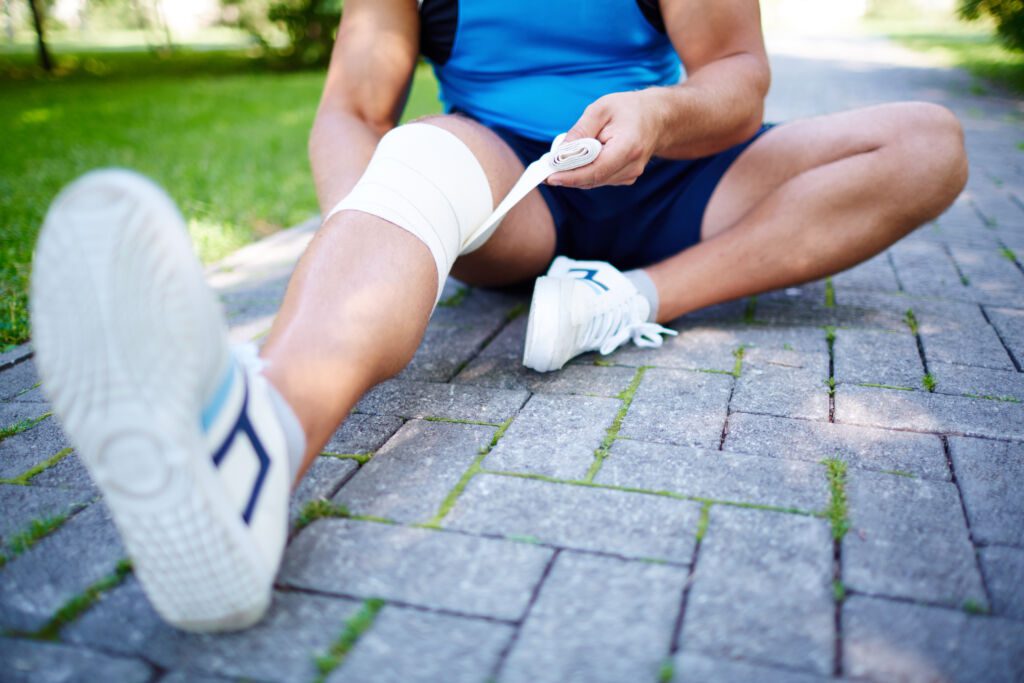


The Importance of Proper Warm-Up and Cool-Down Routines in Sports Injury Prevention
The Importance of Proper Warm-Up and Cool-Down Routines in Sports Injury Prevention Proper warm-up and cool-down routines are essential components of any exercise regimen, playing



